| Author: | Major James Robertson | ISBN: | 9781782892618 |
| Publisher: | Lucknow Books | Publication: | August 15, 2014 |
| Imprint: | Lucknow Books | Language: | English |
| Author: | Major James Robertson |
| ISBN: | 9781782892618 |
| Publisher: | Lucknow Books |
| Publication: | August 15, 2014 |
| Imprint: | Lucknow Books |
| Language: | English |
“Major Robertson is doing a great service to his old comrades in publishing this History of the New Zealand Companies of the Camel Corps. In New Zealand as in Australia, it is only natural that more interest has been shown in the Western theatre of the Great War than in the Eastern theatres as the great bulk of their soldiers served in the former. The Palestine campaign is consequently little known in these countries. Nevertheless, that campaign has been more used as a “text book” for the examination of officers in the British Army than any other phase of the Great War. In fact it bids fair to take the place of Stonewall Jackson’s campaign in the Shenandoah Valley which had been used for this purpose for several generations before the Great War. In spite of the fact that no American troops fought in Palestine, Lord Allenby’s campaign is better known in the United States Army, particularly in the cavalry, than it is in Australia and New Zealand whose troops played such an important part in it.
“Owing to its extreme mobility and suitability for desert warfare, The Imperial Camel Corps Brigade had many and varied roles to fill, all of which were filled with credit to the brigade and its gallant leader. The map of Egypt and the Sinai Peninsula is better known to its members than to any other troops. In Palestine where there is little desert, the particular value of their camels largely disappeared, but the brigade held its own with the cavalry in the fighting round Beersheba, the pursuit up the Philistine Plain, and the raid on Amman. After their transformation to cavalry, as the 14th and 15th Australian Light Horse Regiments and the 2nd New Zealand Machine Gun Squadron, the Australian and New Zealand “Cameliers” well upheld their traditions in the Battle of Megiddo and the advance on, and capture of, Damascus.”-Introduction
“Major Robertson is doing a great service to his old comrades in publishing this History of the New Zealand Companies of the Camel Corps. In New Zealand as in Australia, it is only natural that more interest has been shown in the Western theatre of the Great War than in the Eastern theatres as the great bulk of their soldiers served in the former. The Palestine campaign is consequently little known in these countries. Nevertheless, that campaign has been more used as a “text book” for the examination of officers in the British Army than any other phase of the Great War. In fact it bids fair to take the place of Stonewall Jackson’s campaign in the Shenandoah Valley which had been used for this purpose for several generations before the Great War. In spite of the fact that no American troops fought in Palestine, Lord Allenby’s campaign is better known in the United States Army, particularly in the cavalry, than it is in Australia and New Zealand whose troops played such an important part in it.
“Owing to its extreme mobility and suitability for desert warfare, The Imperial Camel Corps Brigade had many and varied roles to fill, all of which were filled with credit to the brigade and its gallant leader. The map of Egypt and the Sinai Peninsula is better known to its members than to any other troops. In Palestine where there is little desert, the particular value of their camels largely disappeared, but the brigade held its own with the cavalry in the fighting round Beersheba, the pursuit up the Philistine Plain, and the raid on Amman. After their transformation to cavalry, as the 14th and 15th Australian Light Horse Regiments and the 2nd New Zealand Machine Gun Squadron, the Australian and New Zealand “Cameliers” well upheld their traditions in the Battle of Megiddo and the advance on, and capture of, Damascus.”-Introduction
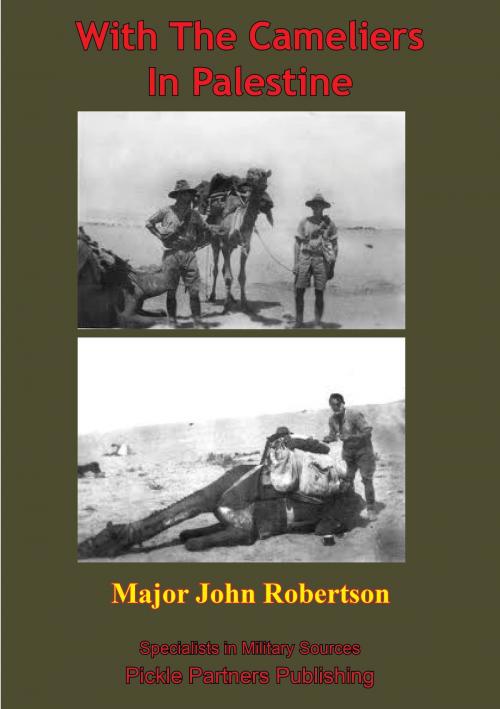
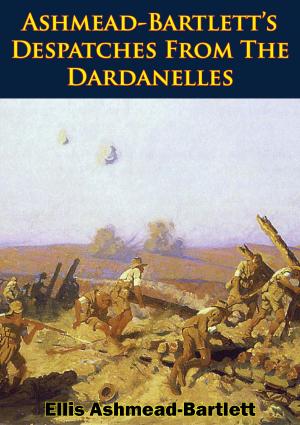

![Cover of the book The First World War, 1914-1918; Personal Experiences Of Lieut.-Col. C. À Court Repington Vol. I [Illustrated Edition] by Major James Robertson](https://www.kuoky.com/images/2015/november/300x300/9781786250933-rzxF_300x.jpg)
![Cover of the book Four Weeks In The Trenches; The War Story Of A Violinist [Illustrated Edition] by Major James Robertson](https://www.kuoky.com/images/2014/june/300x300/9781782891956-5rc9_300x.jpg)
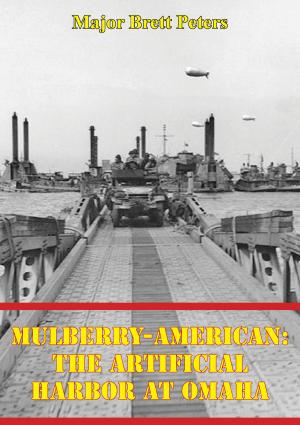
![Cover of the book The Battle Of The Somme - The First Phase. [Illustrated Edition] by Major James Robertson](https://www.kuoky.com/images/2012/april/300x300/9781782890676-yd5P_300x.jpg)
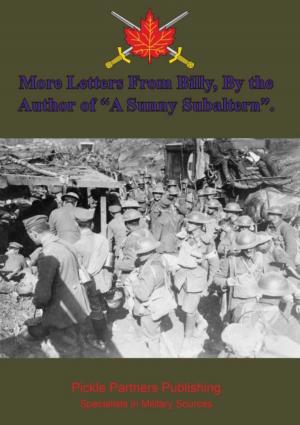
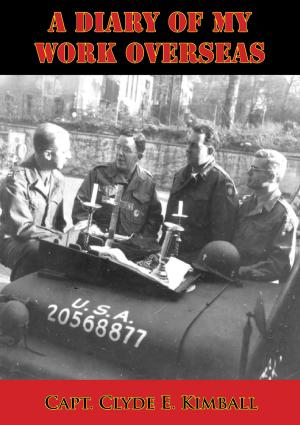
![Cover of the book A Company Of Tanks [Illustrated Edition] by Major James Robertson](https://www.kuoky.com/images/2013/january/300x300/9781782891161-qWPj_300x.jpg)





